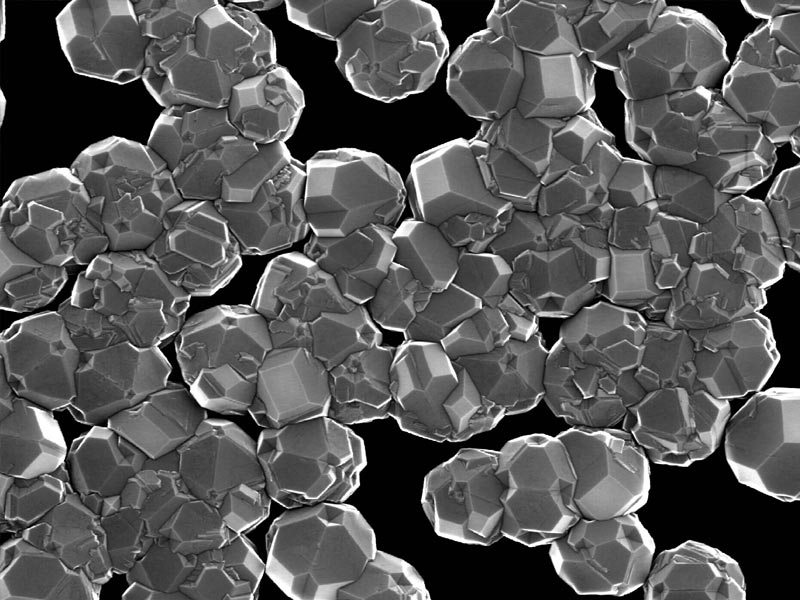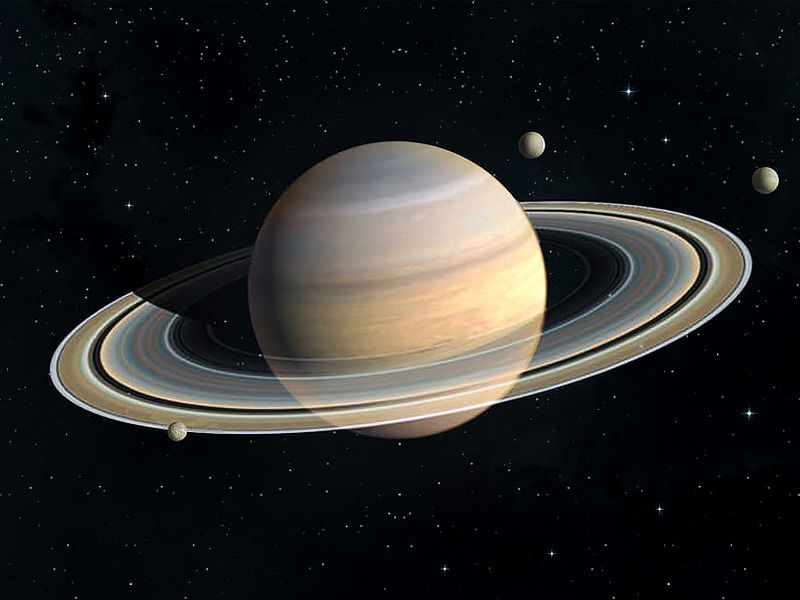Diamonds that were generated outside of the Earth are extremely frequent, even though they are uncommon on Earth. In meteorites, diamonds that are so little that they only have 2000 carbon atoms per are common.

Some of these diamonds formed in stars before the Solar System even existed.
While other planets in other planetary systems may be nearly pure diamonds, high-pressure investigations reveal that considerable amounts of diamonds are created from methane on the ice giant planets Uranus and Neptune. Diamonds may have been the first mineral to ever form and are also found in stars.
Also Read 7 Most famous Indian Diamonds
Even though the cosmos is an odd place where bizarre things happen, when it comes right down to it, its fundamental laws are just as straightforward as those found on Earth. The most prevalent elements in the universe are hydrogen, helium, oxygen, and carbon. These universal building elements can change into useful and wonderful things under the correct circumstances.

The largest extraterrestrial diamonds yet known were discovered by Goethe University scientists inside meteorites.
The diamonds have a size of a few tenths of a millimeter. The team of worldwide experts was able to demonstrate that diamonds formed in the early solar system when small planets crashed with one another or with larger asteroids, according to a statement from Goethe University. These new findings refute the hypothesis that diamonds came from deep within planets, according to the study’s authors.

At least 10 million asteroids are circling the Earth in the asteroid belt, according to a statement from the university. The Ureilites asteroids are one of these; they are bits of a larger celestial body that were violently shattered by impacts with other minor planets or larger asteroids. The Ureilites are rich in carbon, either in the form of nanodiamonds or graphite.
The authors of the study claim that diamonds measuring 0.1 millimeters and larger could not have formed when meteoroids collided with the Earth since such a powerful impact would have caused the meteoroids to entirely disintegrate. It was therefore previously believed that these larger diamonds must have been created by constant pressure inside planet progenitors the size of Mars or Mercury.

Researchers from Italy, the USA, Russia, Saudi Arabia, Switzerland, and Sudan discovered and thoroughly analyzed the largest diamonds ever found in ureilites from Morocco and Sudan.
The Ureilites had diamonds as small as several hundred micrometers, multiple diamond nests at the nanometer scale, and nano graphite, which was also discovered by the researchers.
Analysis revealed that the nanodiamonds include lonsdaleite layers, an alteration of diamonds that can only happen under sudden, extremely high pressure.

According to studies, the rare alien diamonds originated under intense shock pressure as a result of a massive asteroid or possibly a minor planet slamming onto the surface of the ureilite planet body, according to Professor Frank Brenker from the Department of Geosciences at Goethe University.
Contrary to earlier theories, this indicates that the larger ureilite diamonds are instead evidence of the powerful, destructive forces that prevailed during the early history of our solar system rather than the existence of protoplanets the size of Mars or Mercury.

Diamond rains on Saturn and Jupiter
US scientists have determined that diamonds large enough to be worn by Hollywood movie stars may be falling from the sky toward Saturn and Jupiter. According to new atmospheric data for the gas giants, carbon is abundant in its brilliant crystal form.

Methane is converted by lightning storms into soot (carbon), which as it descends hardens into bits of diamond and ultimately graphite. They explained to a conference that these diamond “hail stones” eventually melt into a liquid sea in the scorching cores of the planets.
US scientists have determined that diamonds large enough to be worn by Hollywood movie stars may be falling from the sky toward Saturn and Jupiter.

According to new atmospheric data for the gas giants, carbon is abundant in its brilliant crystal form.Methane is converted by lightning storms into soot (carbon), which as it descends hardens into bits of diamond and ultimately graphite.
They explained to a conference that these diamond “hail stones” eventually melt into a liquid sea in the scorching cores of the planets.




























